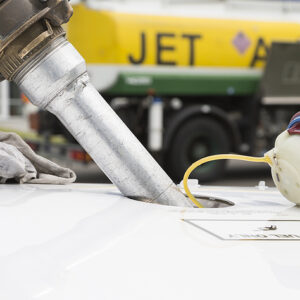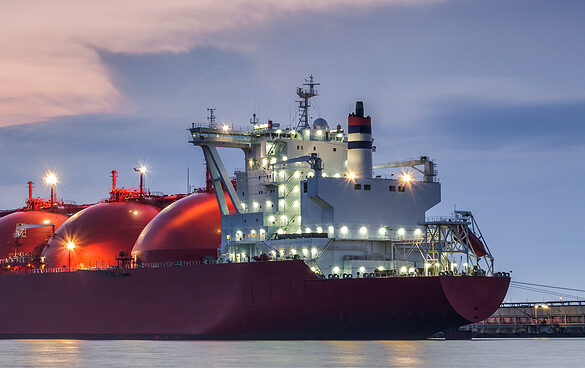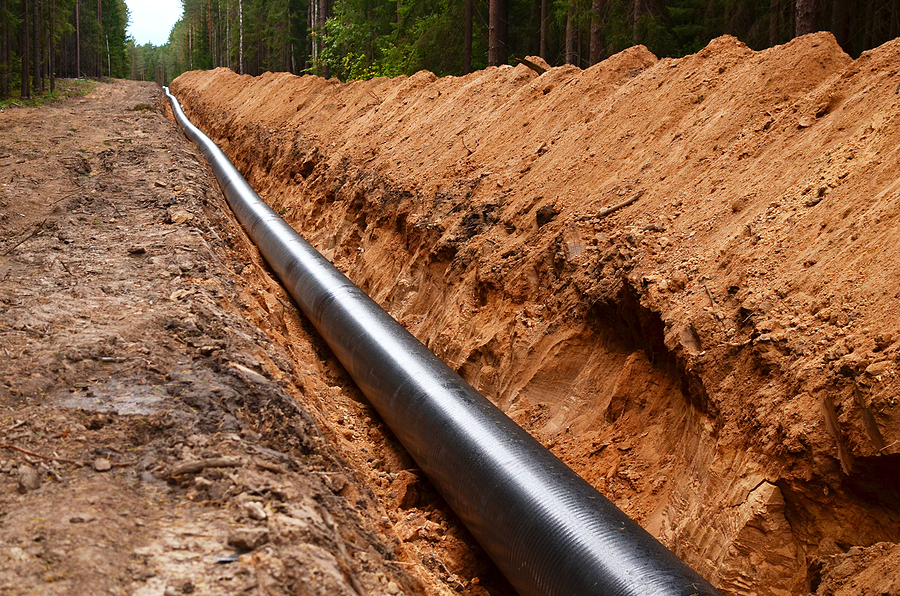A new report from the Consumer Energy Alliance (CEA) warns that inadequate jet fuel pipeline capacity could trigger supply shortages at airports nationwide, threatening air travel and cargo shipping. The analysis, “Fueling Flight: The Hidden Impact of Jet Fuel Constraints on Consumers,” highlights the growing strain on the nation’s aviation fuel infrastructure as passenger travel and […]








